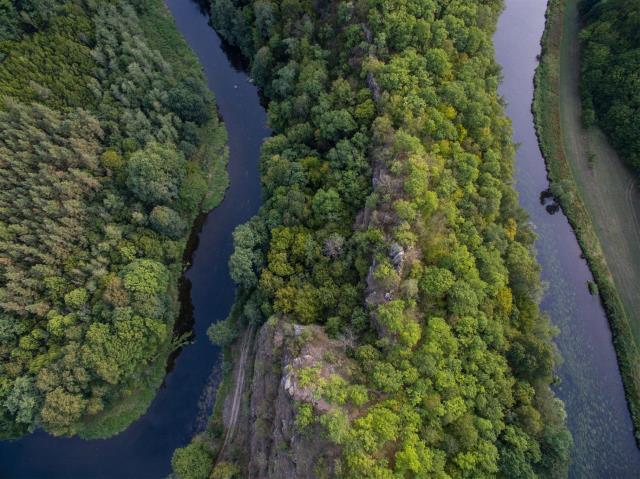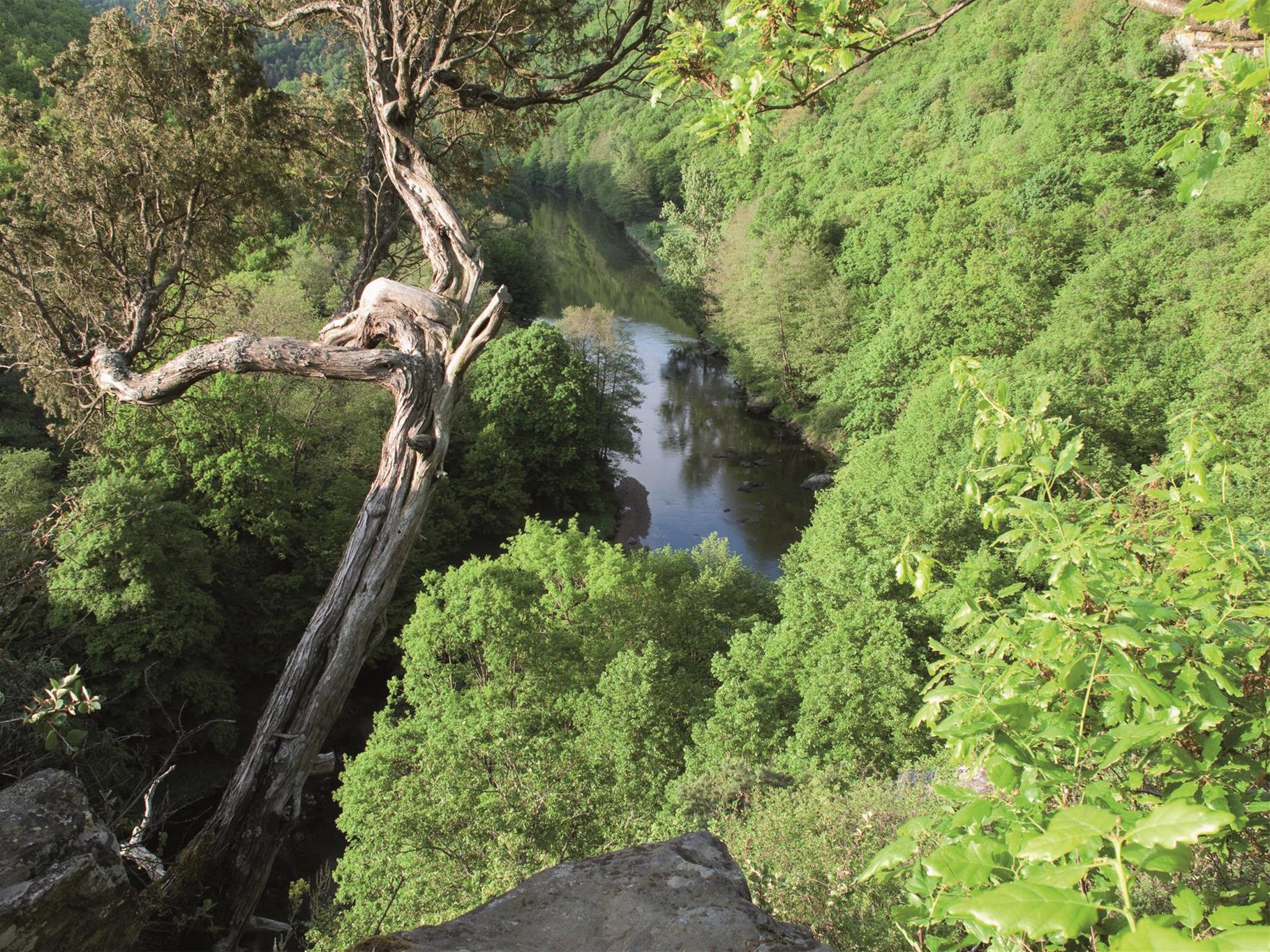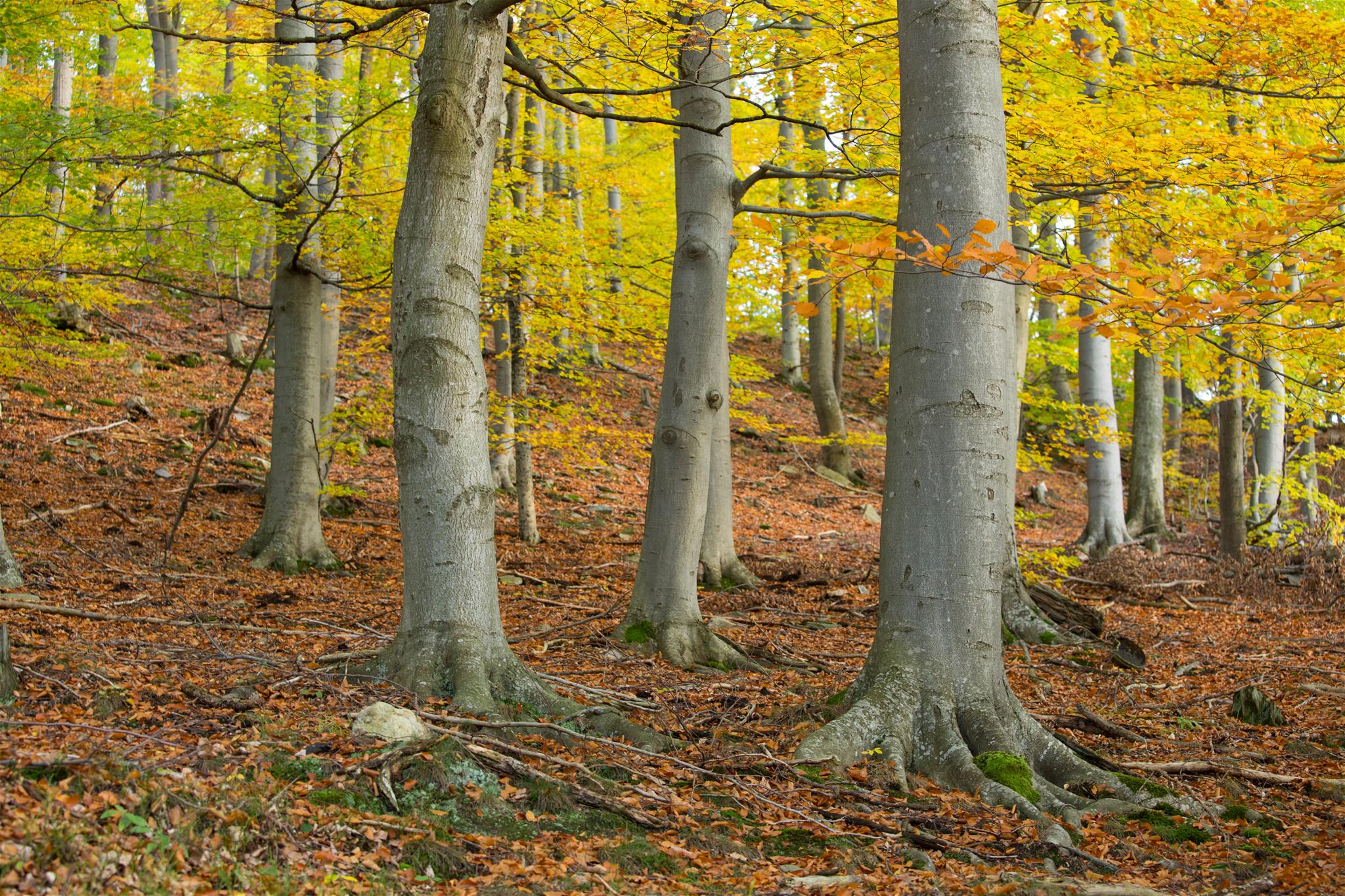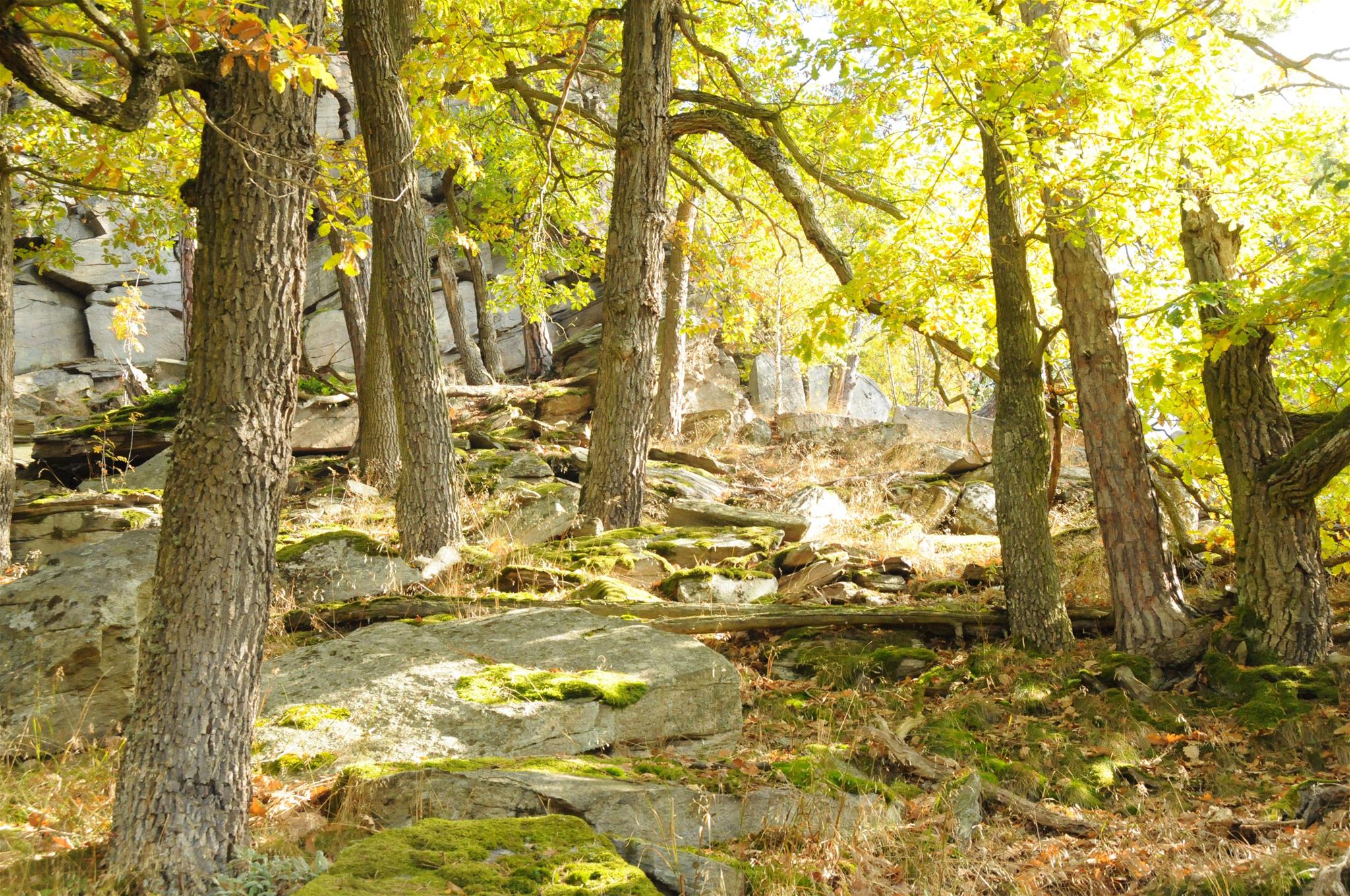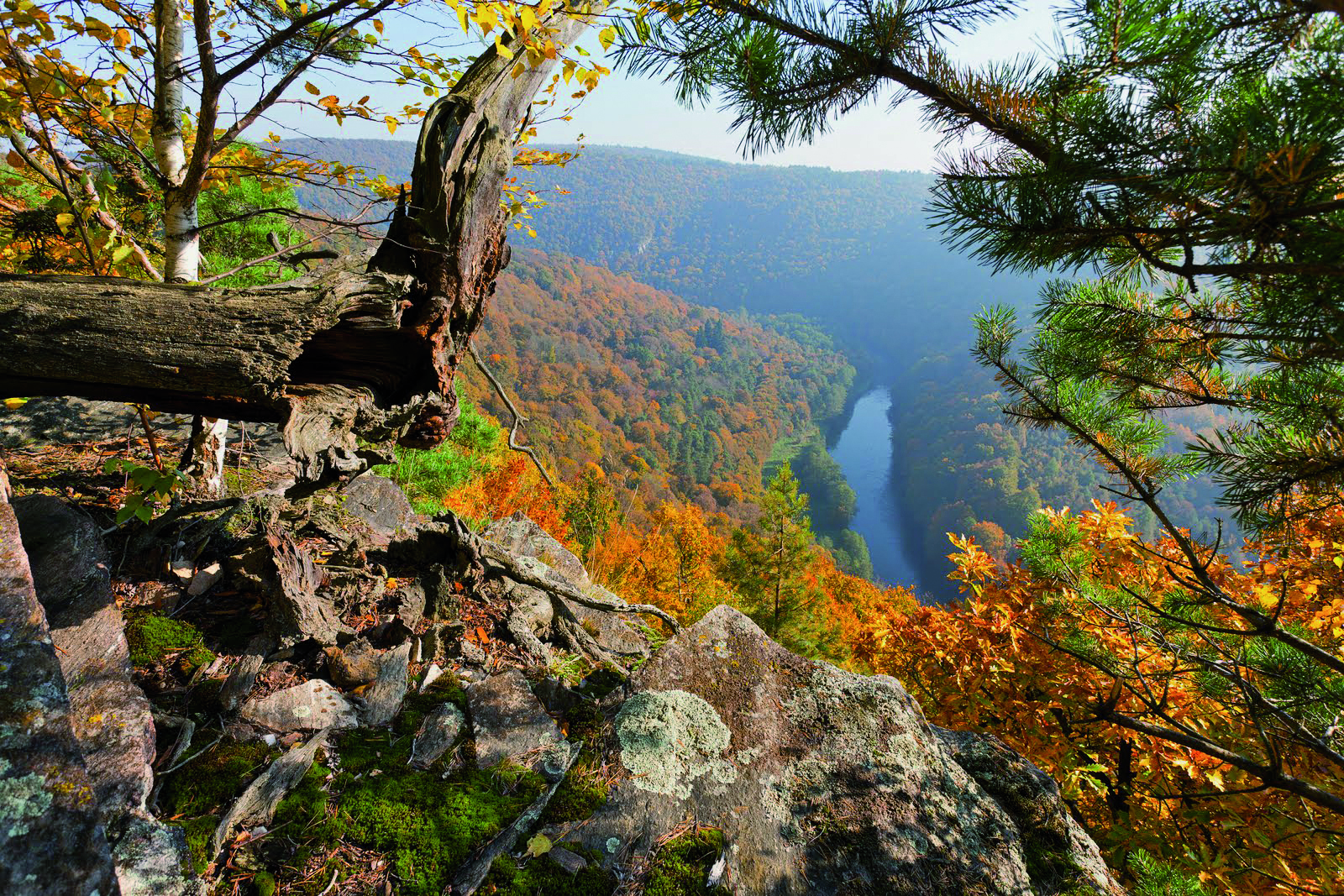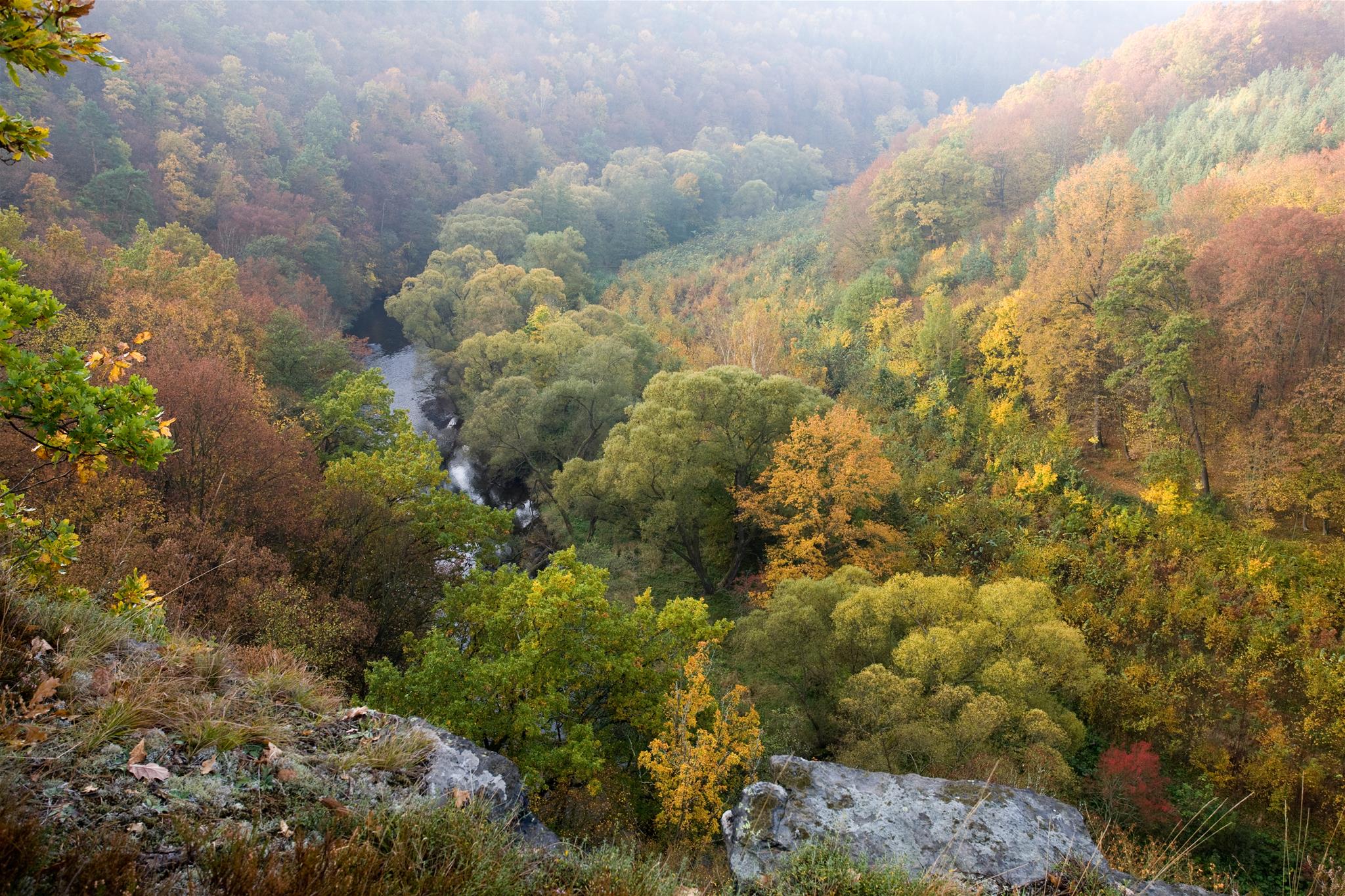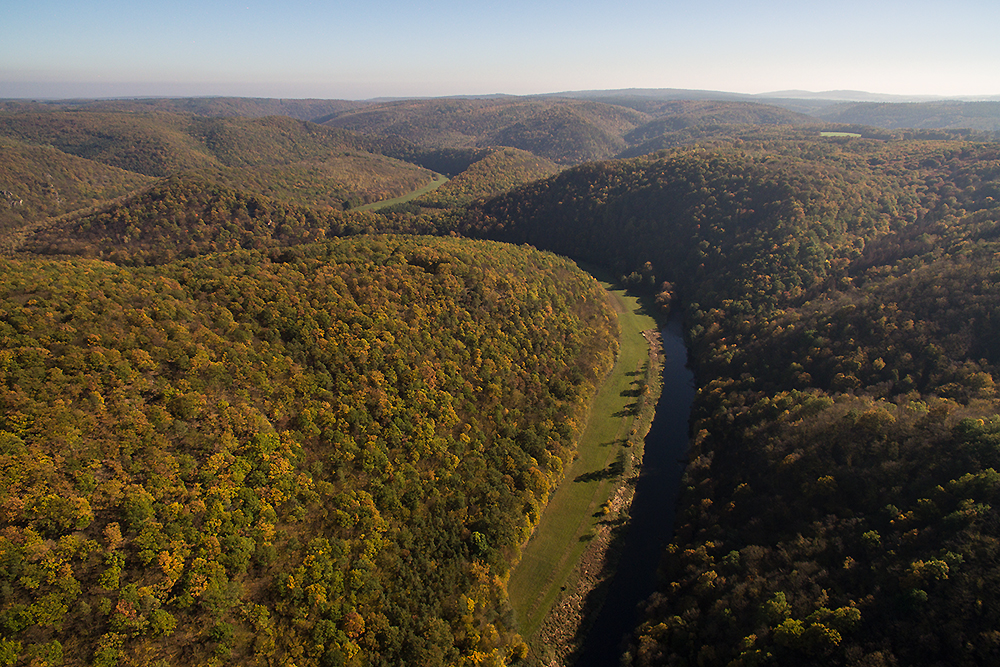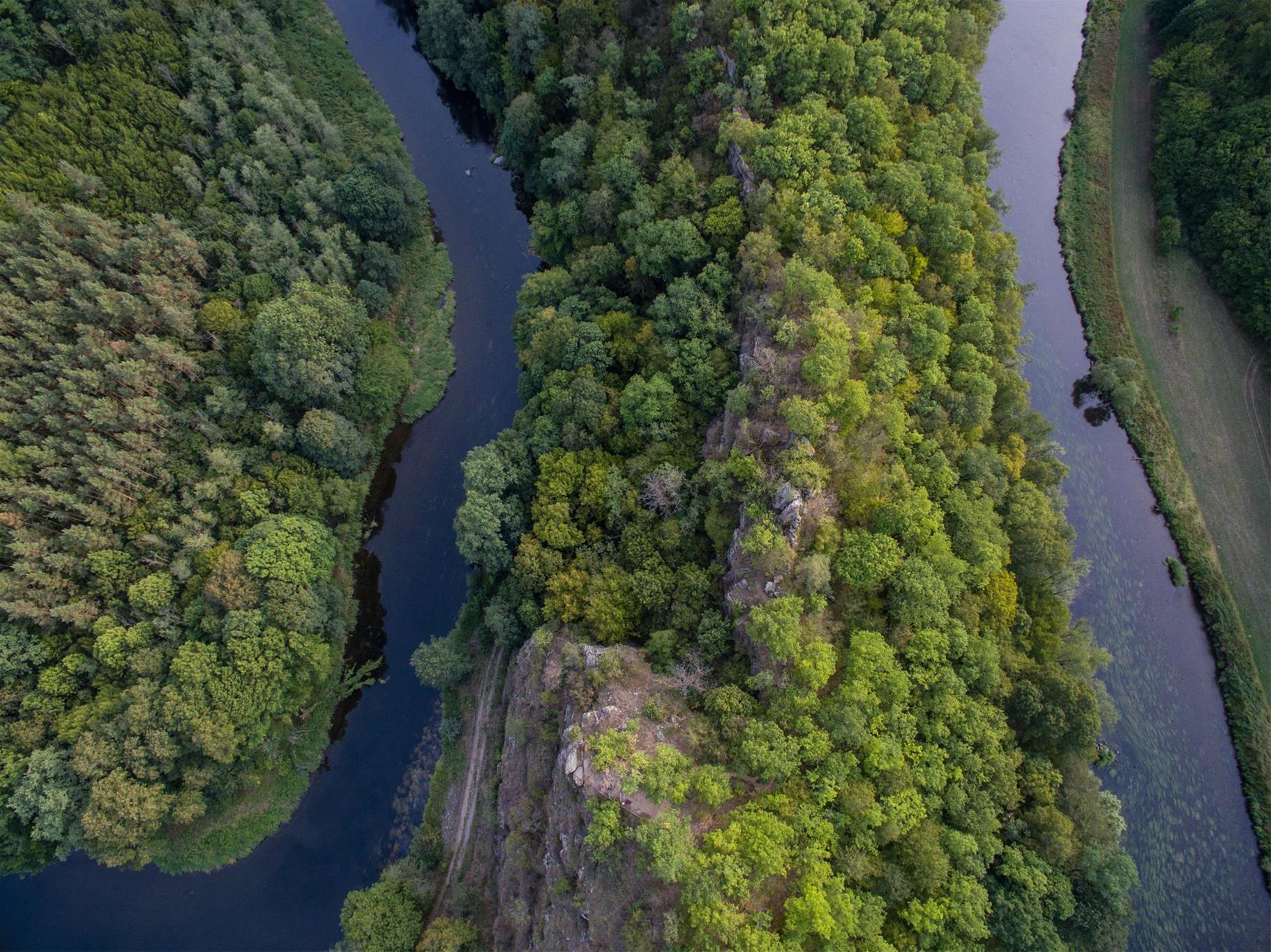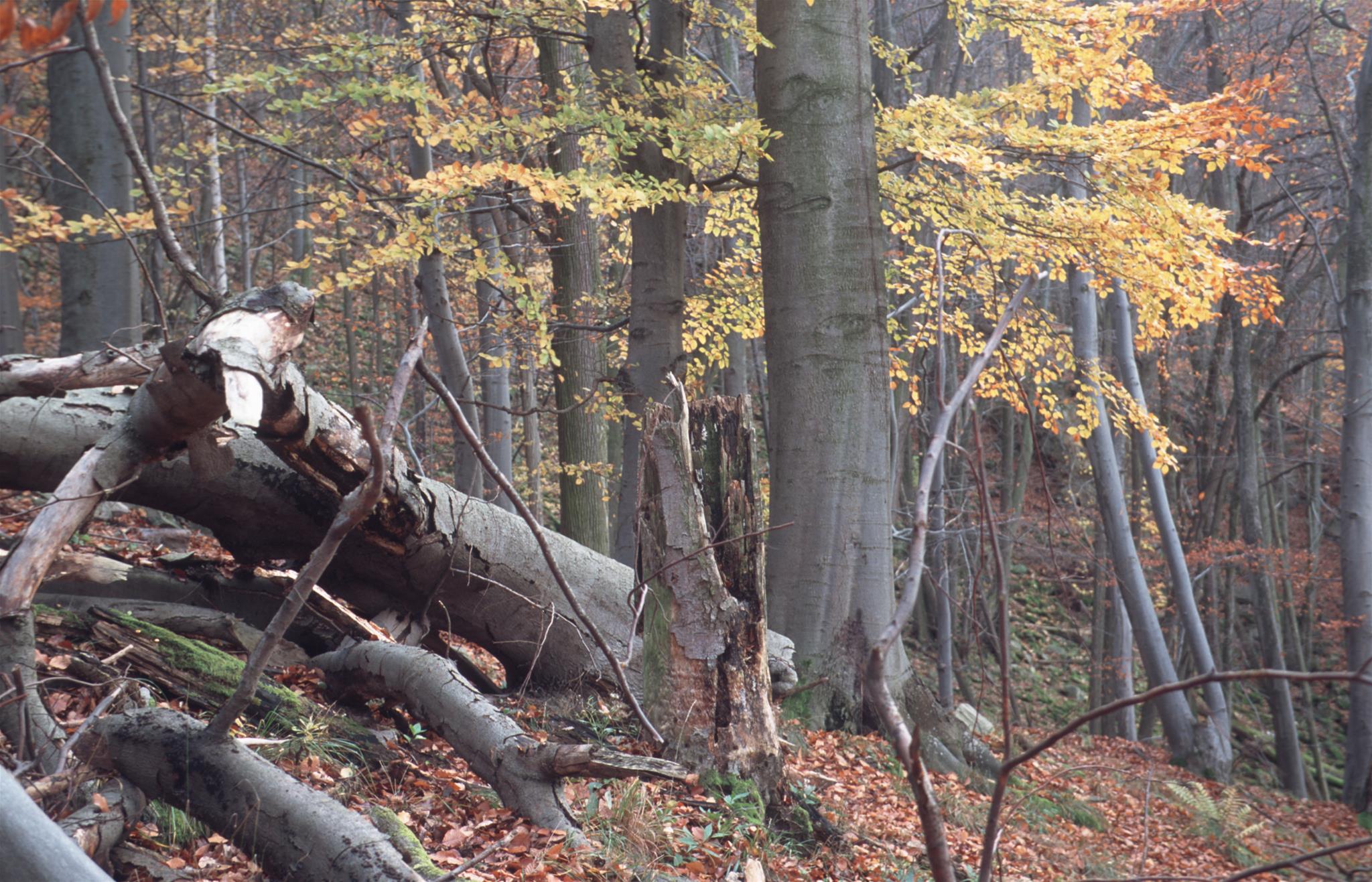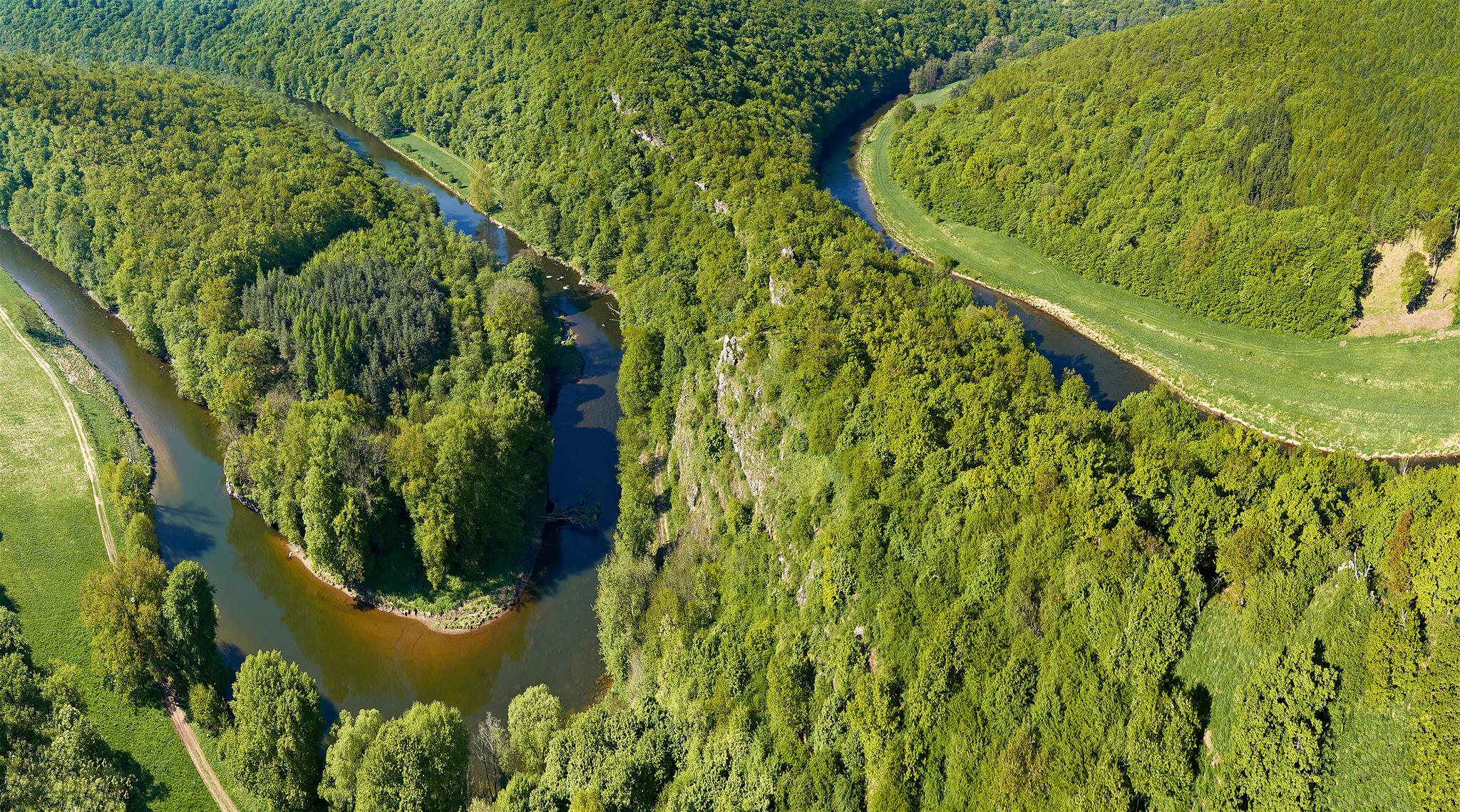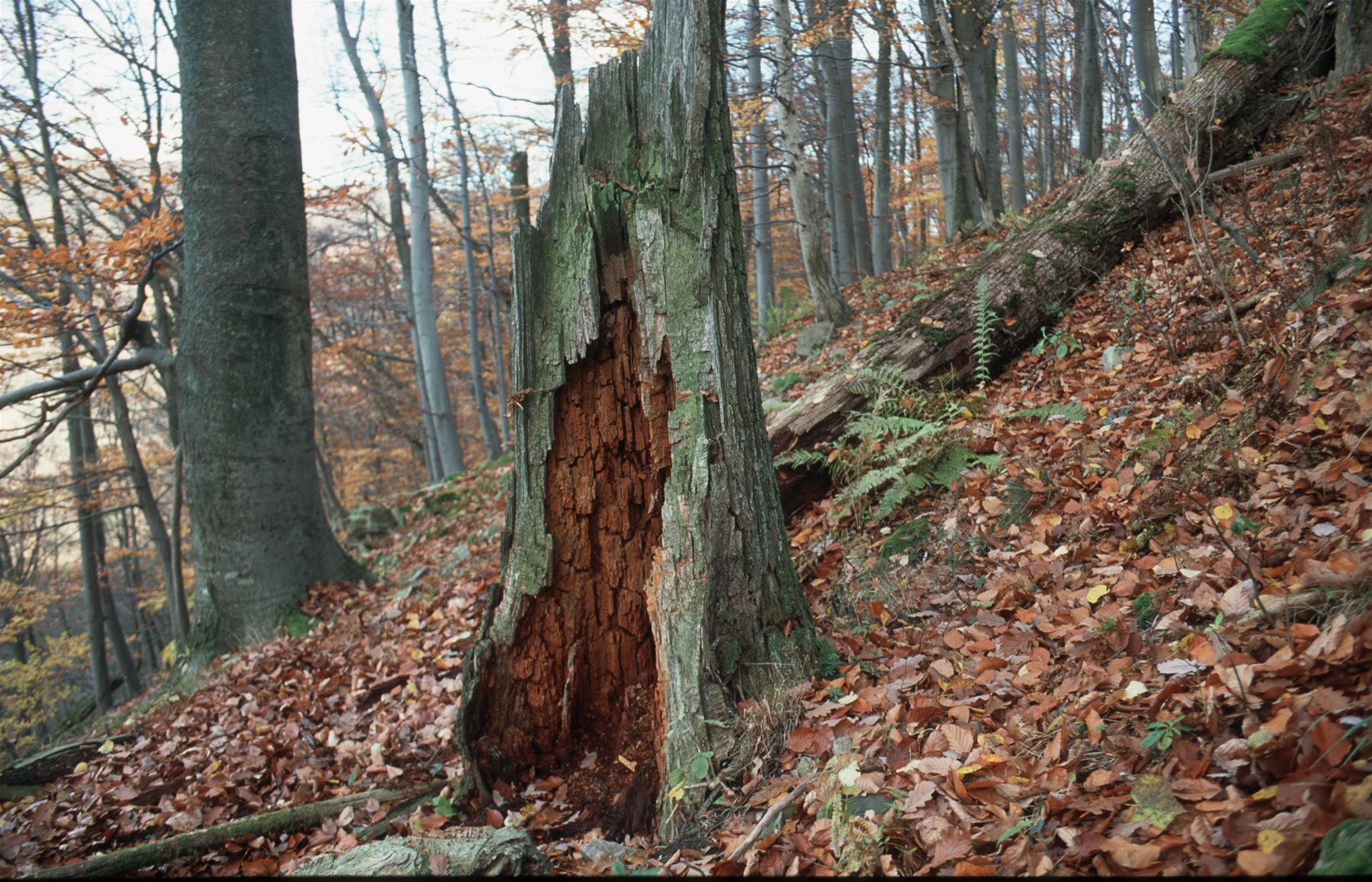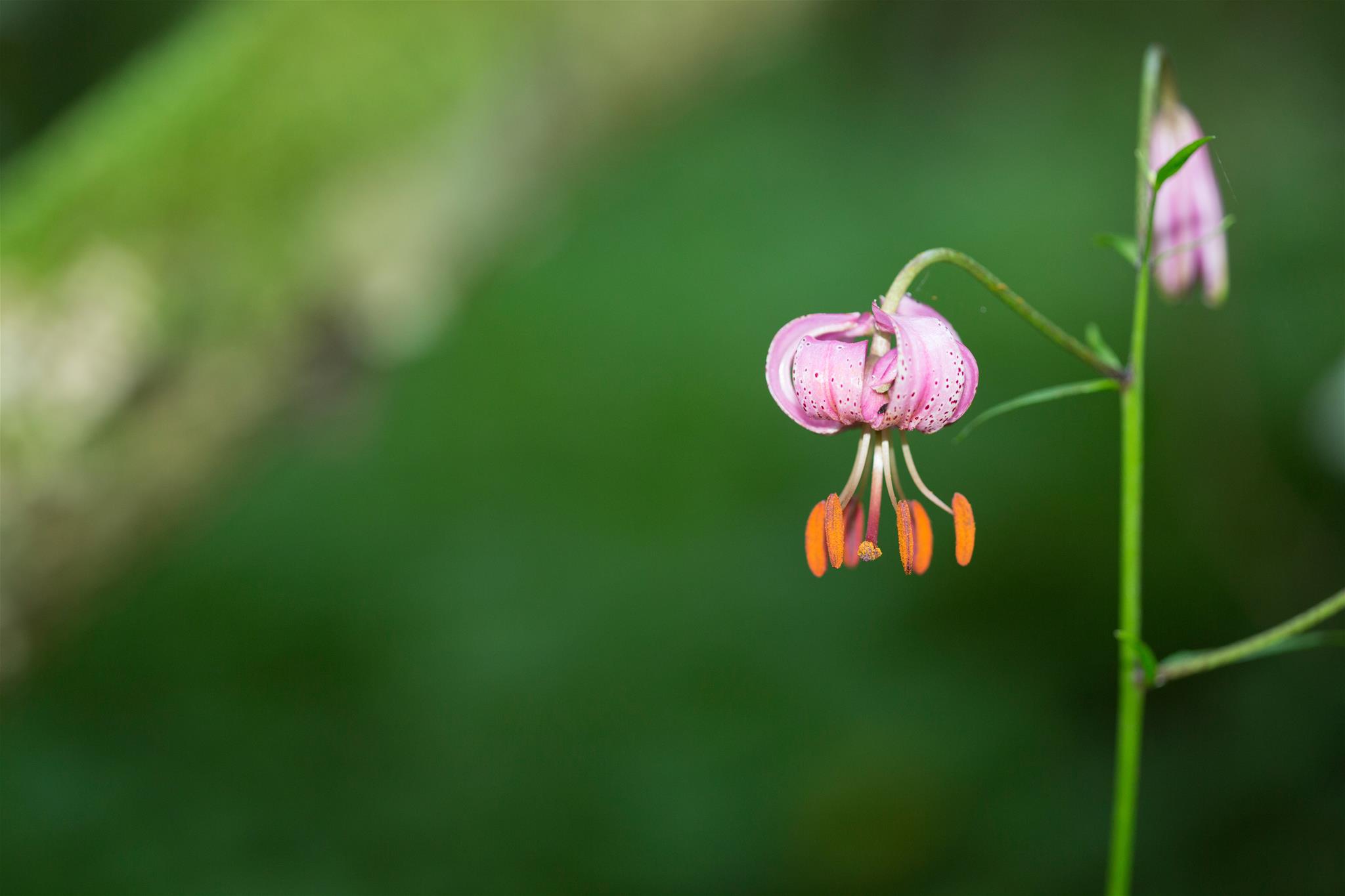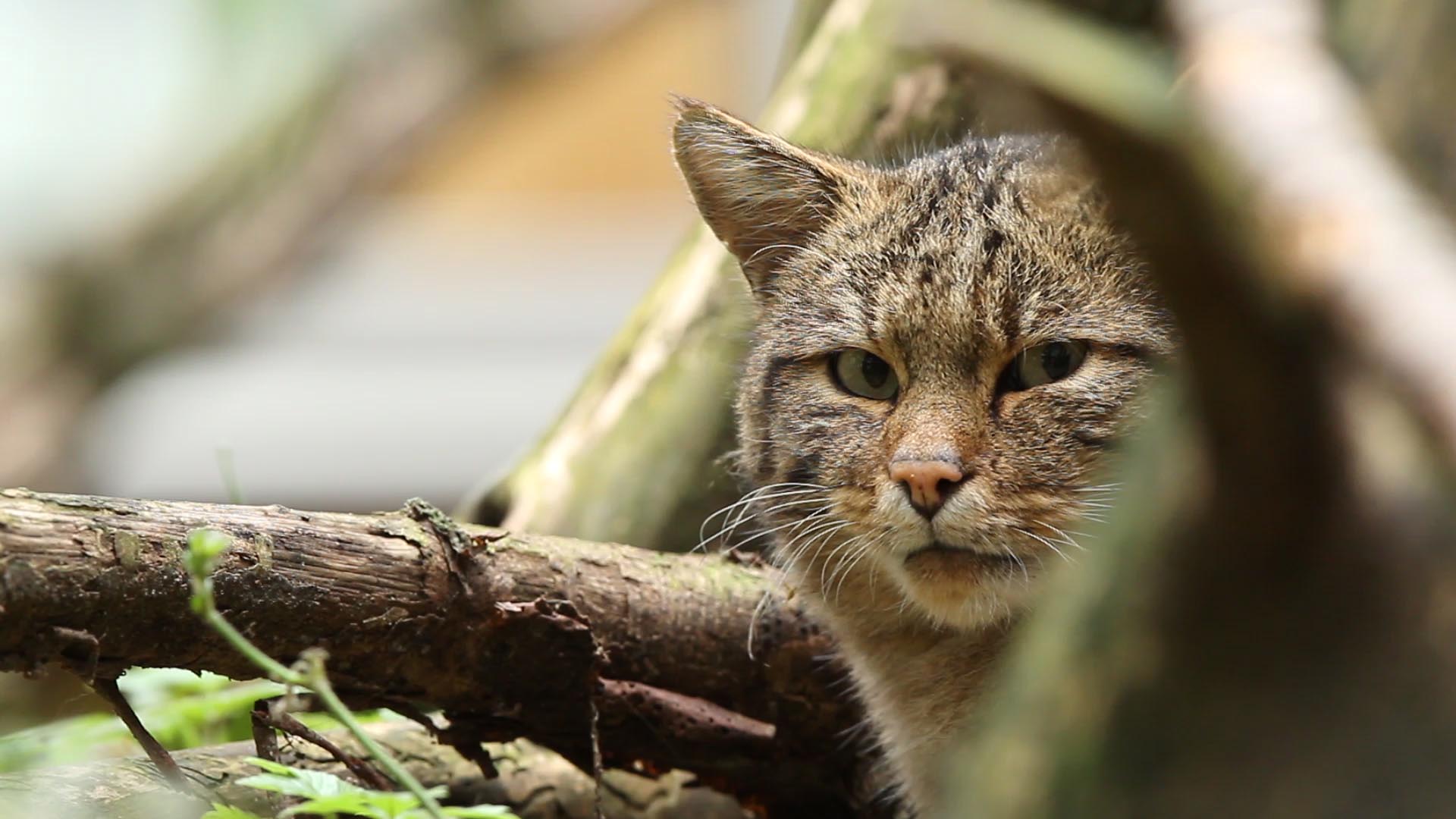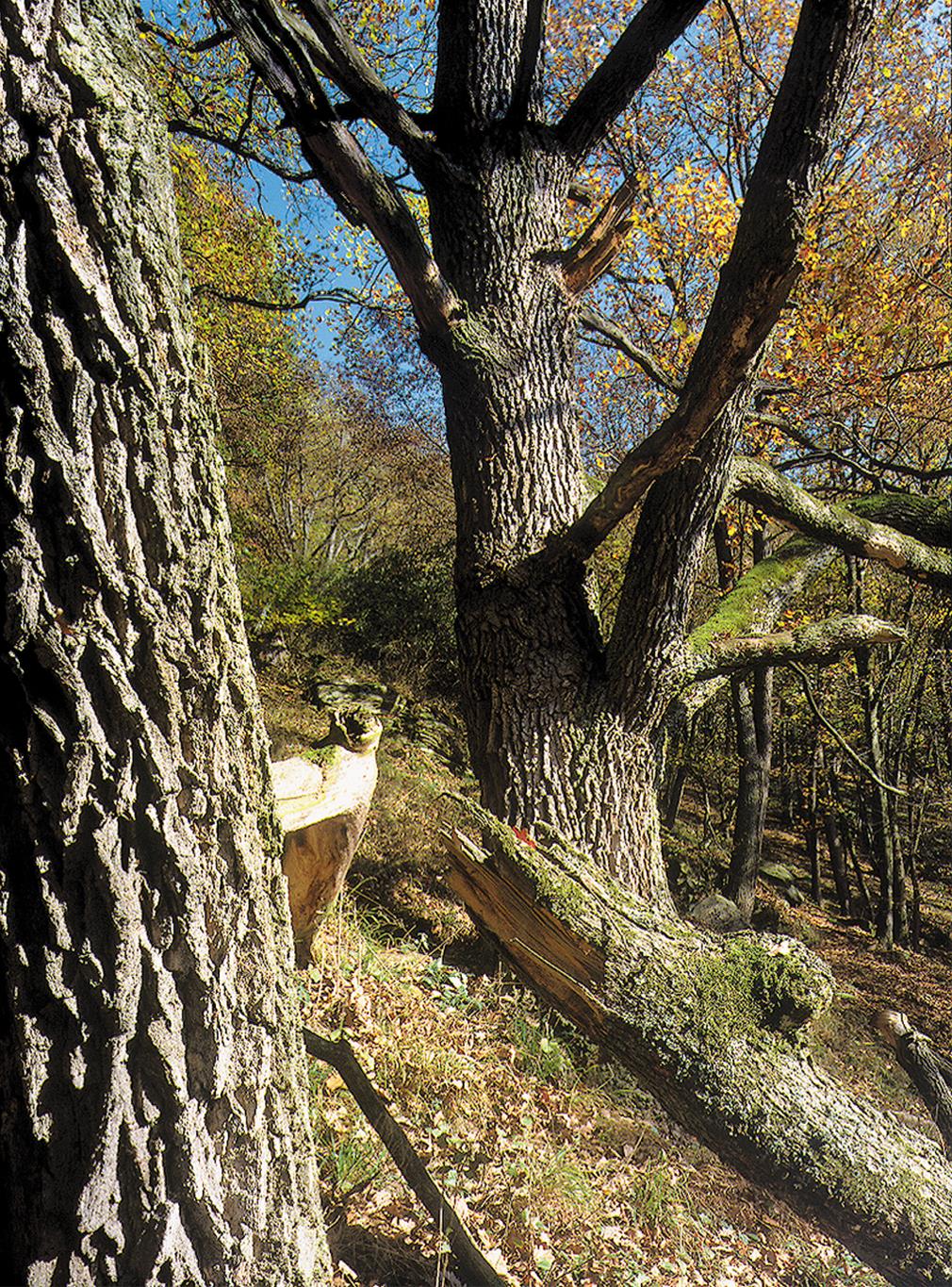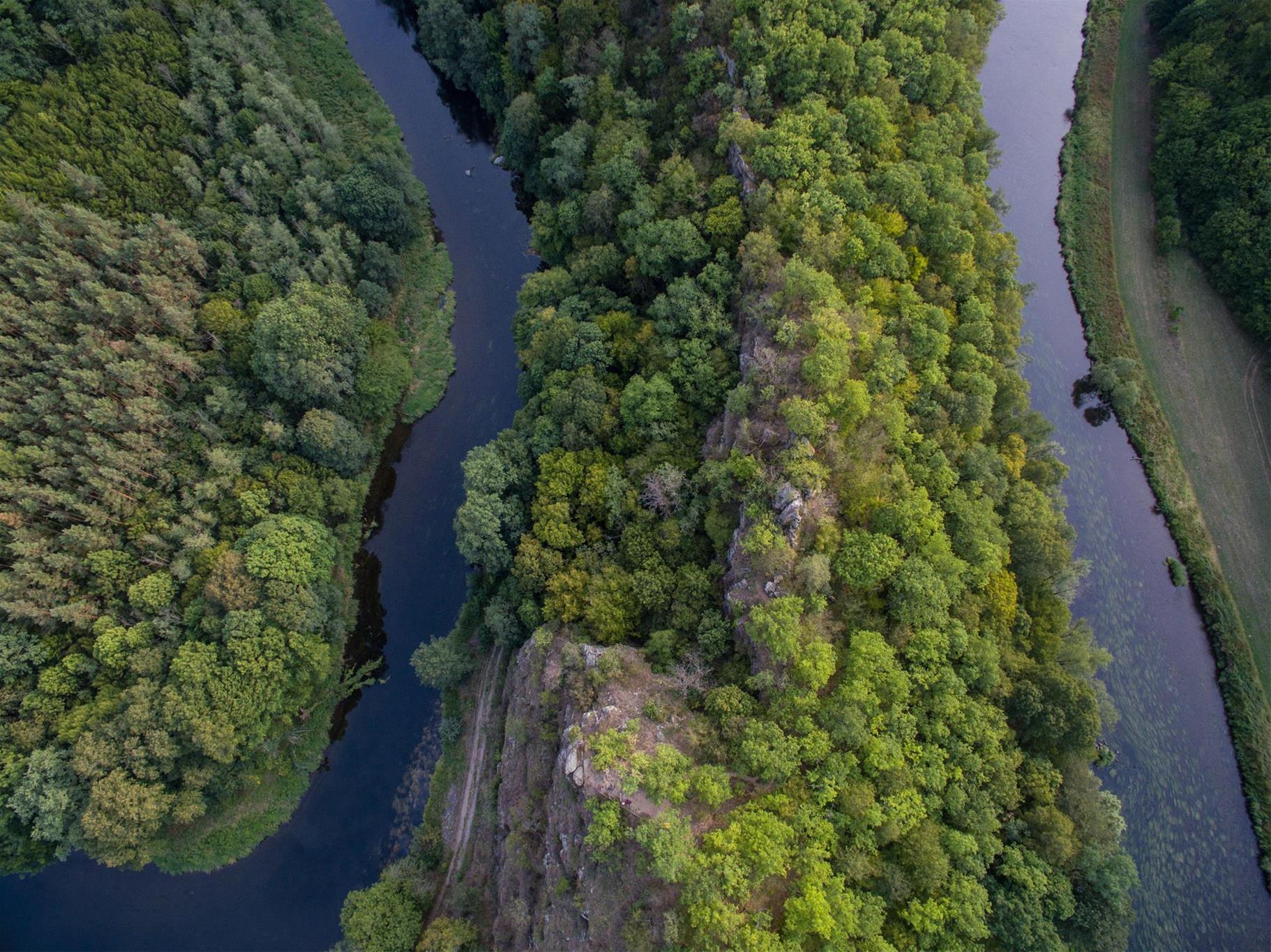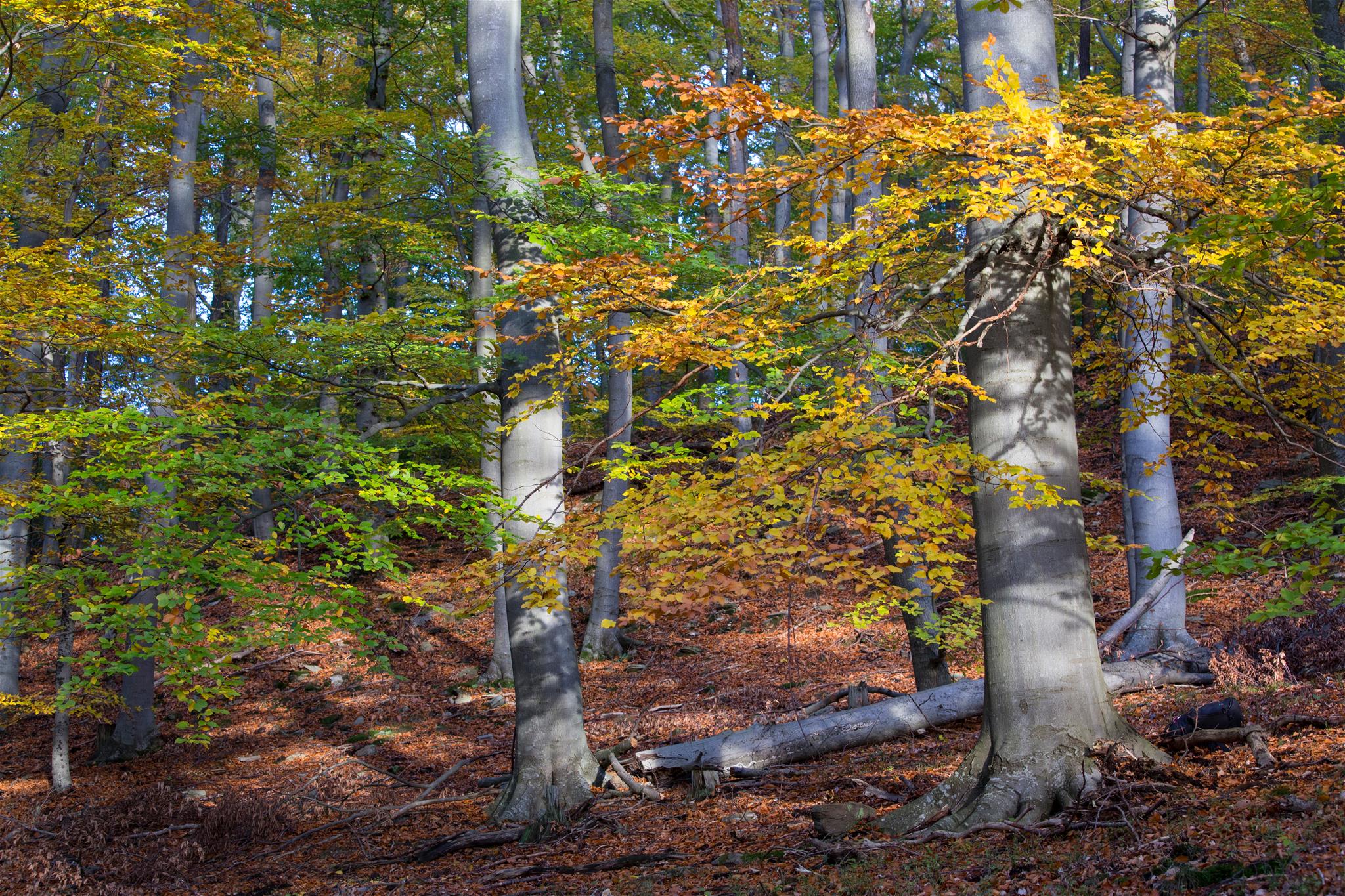Valley of Diversity
With a current area of 1,360 hectares, the Thayatal National Park is Austria's smallest. But it doesn't have to hide at all, because in terms of species and habitat diversity it is a leading player.This is due on the one hand to the varied influences of the Pannonian climate from the east and the Atlantic climate from the west. On the other hand, the rock which makes the subsoil range from acidic to alkaline, also provides different conditions for life. But the Thaya itself has the most important say. A proud 1.5 to 5 million years ago, it cut to 150 metres deep into the hard granites and gneisses of the Bohemian Massif and has since shaped the valley with its many elongated meanders and loops. It forms one of the most beautiful, diverse and at the same time also one of the last near-natural ravines in Central Europe. The unique scenic charm of the Green Canyon can best be felt from the Umlaufberg, which is almost completely embraced by the Thaya.
